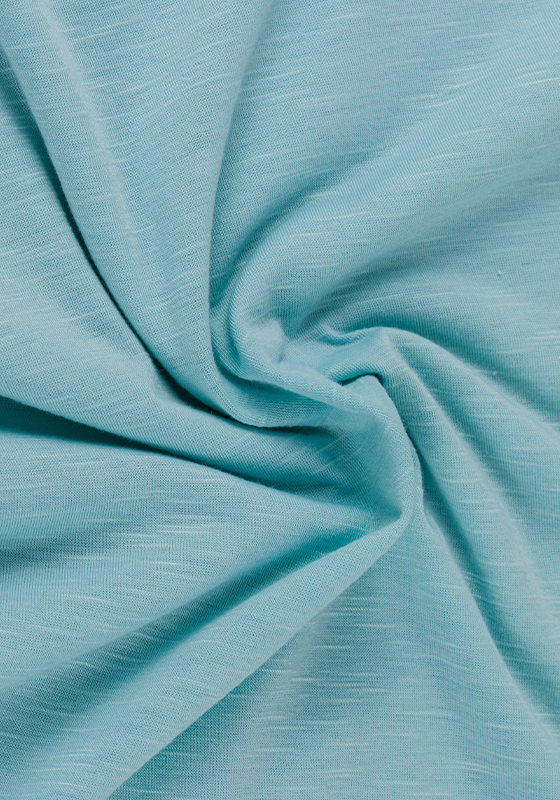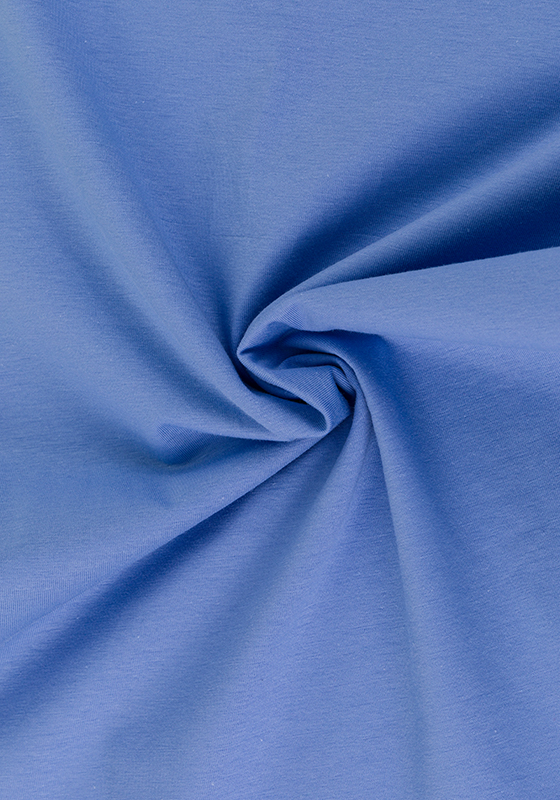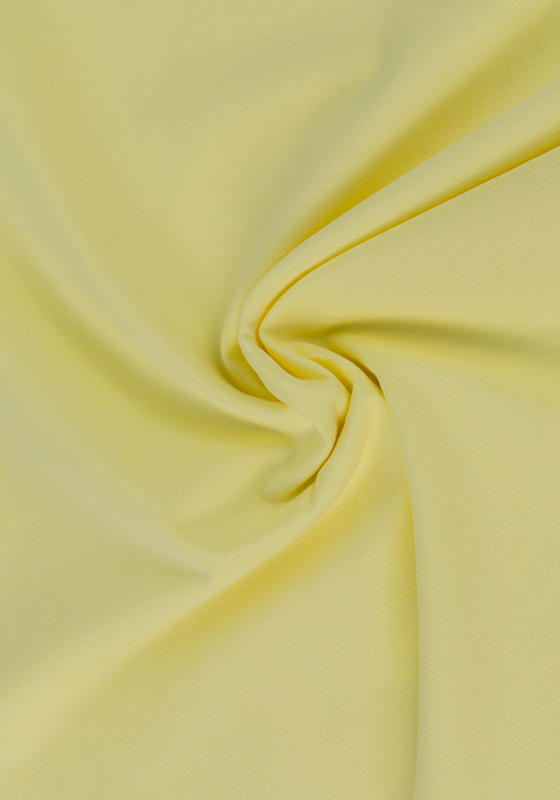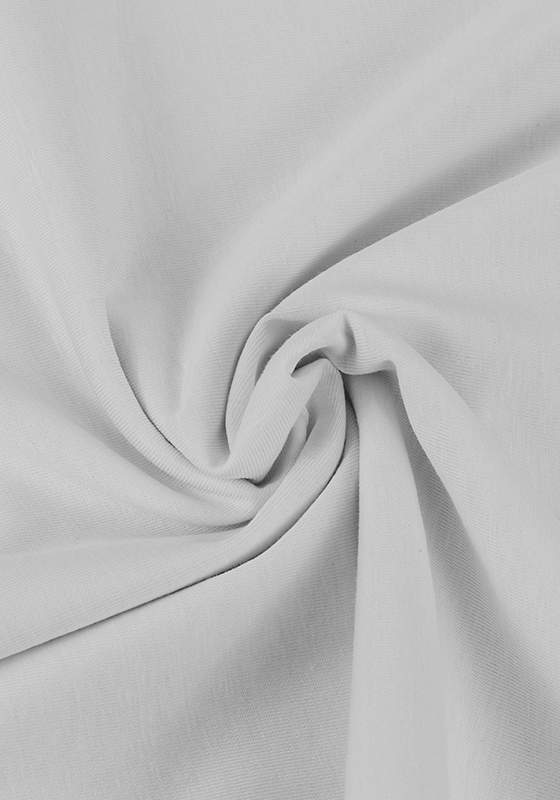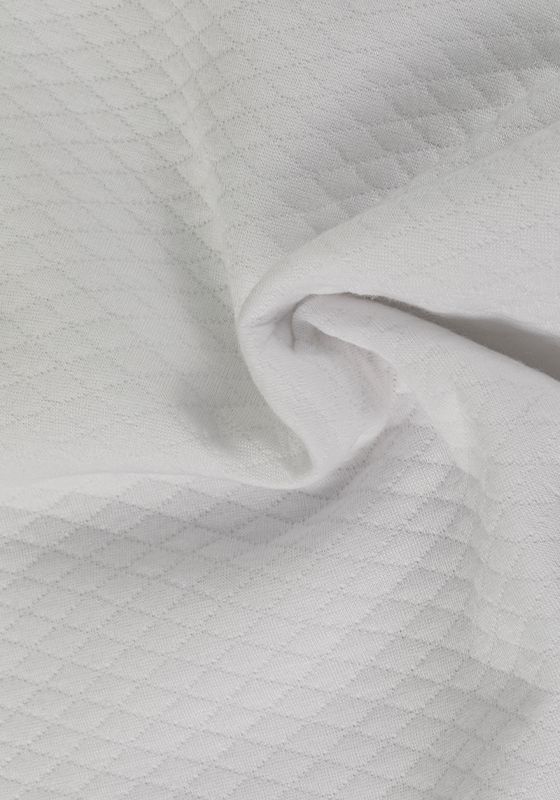Since the beginning of this year, in the face of the more complex and severe international environment and the multiple tests brought about by the frequent domestic epidemics, my country's textile industry has fully implemented the decisions and deployments of the Party Central Committee and the State Council, and adhered to the general work tone of "steady words and steady progress." Continue to deepen transformation and upgrading, focus on promoting industrial restructuring, and overcome the adverse effects of unexpected factors such as the repeated spread of the epidemic, the turbulent international situation, and high fluctuations in commodity prices. The economic operation achieved a stable start in the first two months. However, since March, the domestic epidemic has frequently spread, the industrial chain and supply chain have encountered stuck points, and the domestic and foreign market expectations have weakened. The downward pressure has increased significantly, some operating indicators of the textile industry have fluctuated, and the economic operation has gradually been under pressure. Looking forward to the whole year, the world political and economic situation is complex and evolving, and external risks continue to increase; the impact of the domestic epidemic is aggravating, the downward pressure on the economy has yet to be resolved, and the development situation faced by the textile industry will become more complex and severe. Actively respond to and resolve various risks and challenges, and strive to ensure that the economic operation is generally stable. On the basis of a relatively high base in the same period of the previous year, the development goals of stabilizing the macroeconomic market, continuously improving people's livelihood, and maintaining social stability are still facing greater challenges. .
In the first quarter, the combination of multiple domestic epidemics and international geopolitical instability affected the production and operation activities of textile enterprises to a certain extent, and the industry's prosperity fell into a contraction range. According to the survey data of China National Textile and Apparel Council, in the first quarter of 2022, the prosperity index of the textile industry was only 42.6, down 14.5 and 19.7 percentage points from the same period last year and the fourth quarter of 2021, respectively.
Affected by the shutdown of enterprises in some regions and the weakening of market demand, the production capacity utilization rate of the textile industry has fallen simultaneously, and the production growth rate has been stable and slowing down. According to data from the National Bureau of Statistics, the capacity utilization rates of the textile and chemical fiber industries in the first quarter were 78.2% and 84.2%, respectively, 0.1 and 2.9 percentage points lower than the same period of the previous year. In the first quarter, the industrial added value of enterprises above designated size in the textile industry increased by 4.9% year-on-year, and the growth rate slowed down by 15.4 percentage points compared with the same period of the previous year. The production of more than 90% of the industrial chain has achieved positive growth, and the added value of the textile industry, chemical fiber industry and clothing industry has increased by 3.2%, 2.4% and 8.7% year-on-year respectively.
In the first quarter, affected by the domestic epidemic, many places took measures to strengthen the closure and control, and residents' travel and consumption activities were suppressed. Some textile and apparel trading markets were temporarily closed, and the domestic sales market experienced the first decline since 2021. According to data from the National Bureau of Statistics, in the first quarter, the retail sales of clothing, shoes, hats, and knitted textiles by units above designated size decreased by 0.9% year-on-year, and the growth rate dropped by 55.1 percentage points compared with the same period of the previous year. The online consumption of textiles and clothing maintained a slight growth. In the first quarter, the national retail sales of online clothing items increased by 0.9% year-on-year, and the growth rate dropped by 38.7 percentage points compared with the same period of the previous year.
Under the joint support of factors such as the continuous recovery of overseas market demand, the force of the country's "stabilizing foreign trade" policy, and the rise in international bulk commodity prices, my country's textile and apparel exports have achieved good growth. According to China's customs data, in the first quarter, my country's textile and apparel exports reached 72.25 billion US dollars, an increase of 11% year-on-year, and the export scale reached the highest level in the same period of the previous year. With the gradual recovery of the textile supply chain in Southeast Asia and other countries, the demand for yarn and fabric related accessories has rebounded significantly. my country's textile exports have reached a new high of US$36.57 billion in the same period, an increase of 15.1% year-on-year. The terminal demand in the international market is basically stable. In the first quarter, my country's clothing exports reached 35.68 billion US dollars, a year-on-year increase of 7.4%. The implementation of the Regional Comprehensive Economic Partnership (RCEP) has provided a new competitiveness display platform for my country's textile industry chain. In the first quarter, my country's textile and apparel exports to the other 14 member countries of RCEP totaled 21.4 billion US dollars, a year-on-year increase of 12.3% , accounting for 29.6% of my country's total exports of textiles and clothing to the world in the same period.
In the first quarter, the textile industry faced a complex situation in which unexpected unexpected factors such as multiple domestic epidemics, intensified conflict in Russia and Ukraine, and rising inflationary pressures were intertwined with normalized pressures such as weakening market demand, high raw material costs, and poor logistics operations. , the production and operation pressure of enterprises has increased, and the benefit restoration is obviously under pressure. Data from the National Bureau of Statistics shows that in the first quarter, the operating income of 36,000 textile enterprises above designated size in the country increased by 10.6% year-on-year, and the growth rate slowed down by 16.3 percentage points compared with the same period of the previous year; the total profit decreased by 9.2% year-on-year. In the same period, the operating income profit margin of textile enterprises above designated size was only 3.4%, down 0.7 percentage points from the same period of the previous year. Over 60% of the industrial chain has achieved positive growth in efficiency, but under the market situation of "high cost, weak demand, and high inventory", the total profit of the chemical fiber industry has dropped by 54.9% year-on-year. Affected by the weakening market demand and the high base in the previous year, the total profit of the home textile and industrial industries at the end of the industrial chain has not yet reversed the negative growth trend, but the clothing industry has been driven by factors such as the continuous release of upgraded consumer demand such as the "ice and snow economy". Benefit growth was obvious, with operating income and total profit increasing by 9.3% and 10.9% year-on-year respectively in the first quarter.
Although facing a relatively severe market environment, with the support of the country's steady growth, ensuring market entities increase their efforts to help enterprises and other policies, textile enterprises continue to deepen transformation and upgrading, actively expand technological transformation and upgrading, energy conservation and carbon reduction, regional layout adjustment and other fields The effective investment of the whole industry is growing well. According to the data of the National Bureau of Statistics, in the first quarter, my country's textile industry, chemical fiber industry and clothing industry's fixed asset investment achieved rebound growth of 23.8%, 37% and 37.3% year-on-year, respectively, up 5.6, 27.5 and 27.5 percent from the same period last year. 20.2 percentage points.

